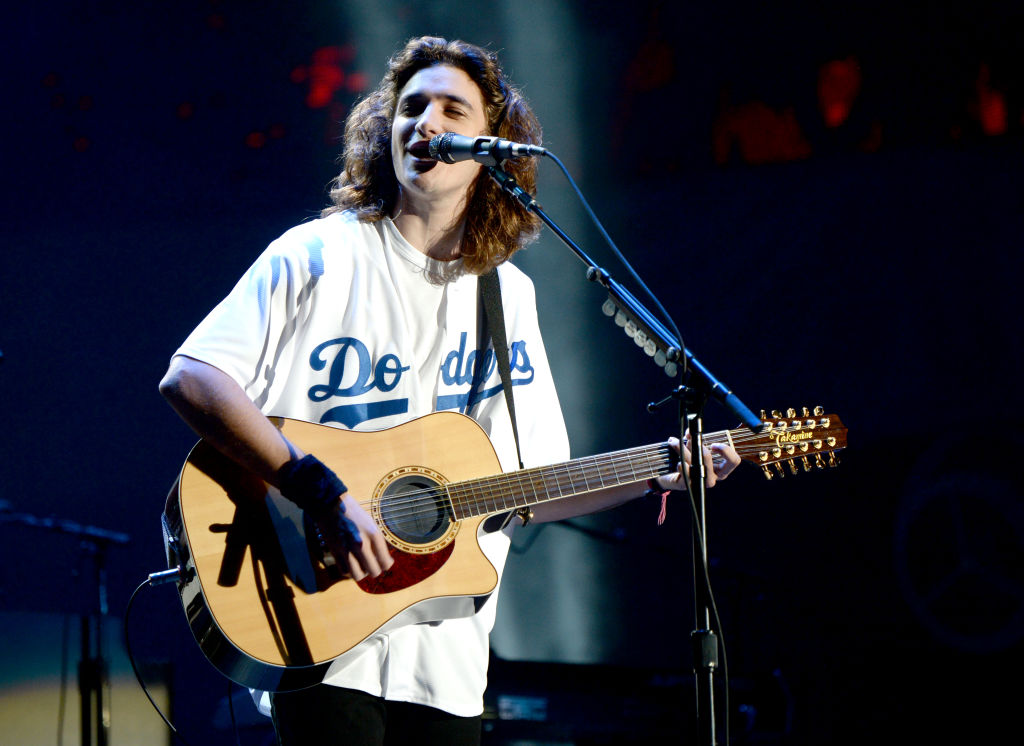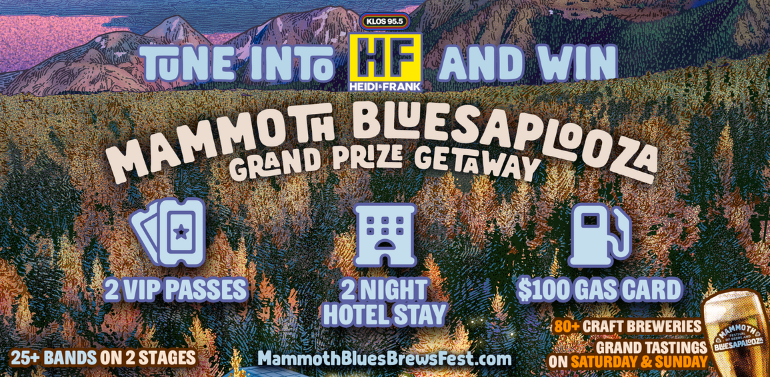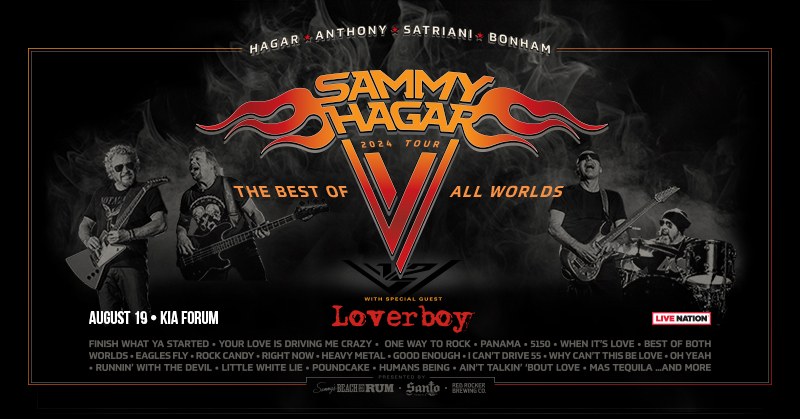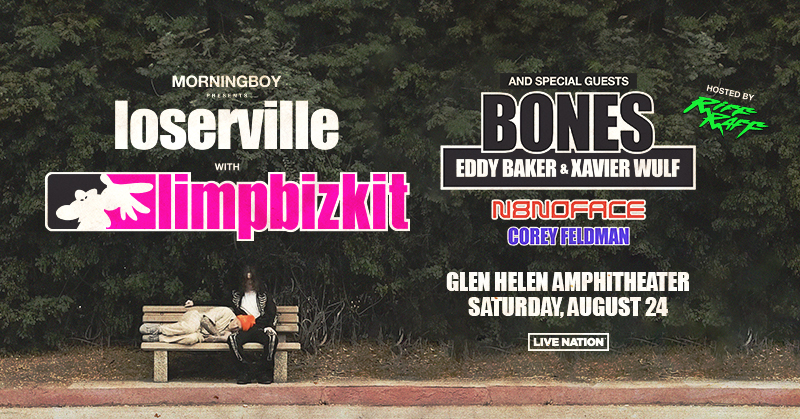
Jason Heller’s book Strange Stars: David Bowie, Pop Music, and the Decade Sci-Fi Exploded is the story of how science fiction influenced the musicians of the Seventies. Out now in hardcover via Melville House, Strange Stars also examines how space exploration, futurism and emerging technology inspired the sometimes-cosmic, sometimes-mechanistic music the decade produced. In this section, Heller delves into the creation of Bowie’s most-famous alter ego, Ziggy Stardust.
A small crowd of sixty or so music fans stood in the dance hall of the Toby Jug pub in Tolworth, a suburban neighborhood in southwest London, on the night of February 10, 1972. The backs of their hands had been freshly stamped by the doorman. A DJ played records to warm up the crowd for the main act. The hall was nothing fancy, little more than “an ordinary function room.” The two-story brick building that housed it – “a gaunt fortress of a pub on the edge of an underpass” – had played host to numerous rock acts over the past few years, including Led Zeppelin, Jethro Tull, and Fleetwood Mac. Sci-fi music had even graced the otherwise earthy Toby Jug, thanks to recent headliners King Crimson and Hawkwind, and exactly one week earlier, on February 3, the band Stray performed, quite likely playing their sci-fi song “Time Machine.” The concertgoers on the tenth, however, had no idea that they would soon witness the most crucial event in the history of sci-fi music. MORE





